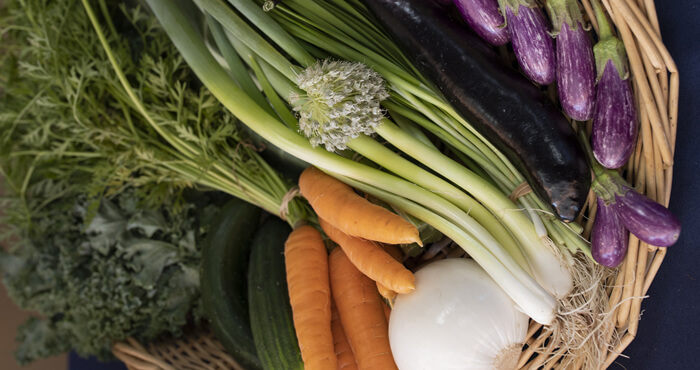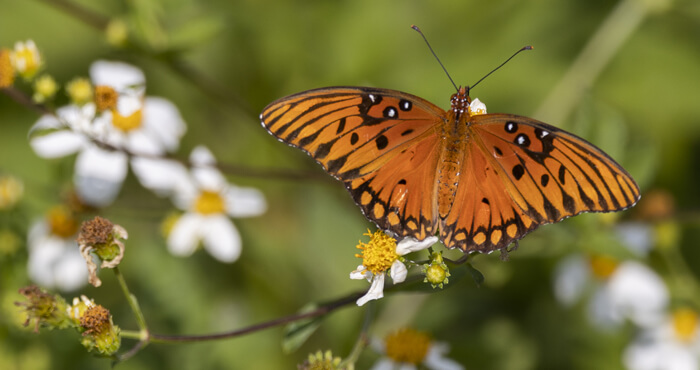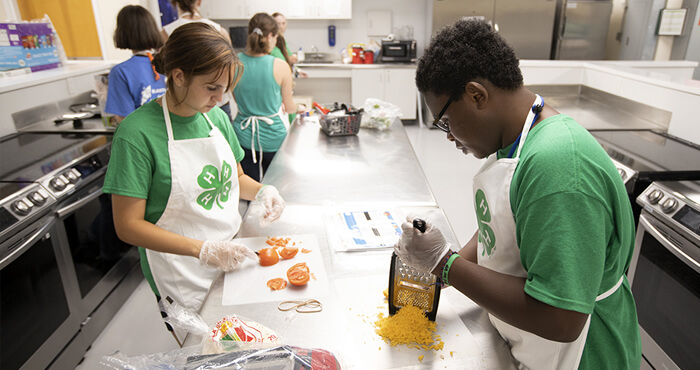
Proper Herbicide Application
You need to take many factors into account when growing fruits and vegetables—soil quality, weather, and pests, just to name a few. You also have to consider weeds, which may require using herbicides. However, improper herbicide application could possibly injure crops and reduce weed control. Improper application can also impact groundwater if the herbicide is lost from the targeted area. So if you’re using herbicides to tame weeds around your crops, make sure you use these chemicals correctly and according to the label’s directions.
Here are some factors to consider for proper herbicide application:
Growth Timing
Be sure to take the growth stage of the crops and weeds into account when applying any herbicide—some herbicides provide better control of weeds during certain weed stages.
Crop Growth Stage
Knowing the crop growth stage is important because it helps reduce herbicide-related crop damage. Note the plant size before you apply herbicide—use caution if you feel that the plant is not at the stage listed on the herbicide label. Labels for vegetable crops typically have the plant height, flowering stage, or amount of true leaves the plant should have before you apply the herbicide. On the other hand, labels for fruit crops usually state the restrictions based on the number of years the crops have been growing.
Weed Growth Stage
Like crop growth stage, weed growth stage is also important to herbicide effectiveness. It is best to apply herbicide to weeds that are still young because they will absorb chemicals more readily than their mature counterparts. When it comes to leaves, larger, older ones will absorb more herbicide than smaller leaves because of the greater surface area.
Environmental Conditions
Wind
Wind can influence the effectiveness of herbicides because it can move chemicals from the targeted area—something known as “drift.” To combat this, consider the wind’s direction and speed when applying herbicides.
Temperature
Different temperatures can impact herbicide application. For example, high humidity can result in crop injury because droplets of moisture remain on a crop surface for longer time periods. Herbicides are most effective when there is a combination of warm temperatures and good relative humidity.
Moisture
Dew is known to reduce the overall effectiveness of herbicides because its presence during application can cause spray dilution (dew lowers the herbicide concentration). Additionally, dew on leaves may cause the herbicide to run off, which reduces weed control and puts chemicals in unwanted areas.
Soil Conditions
pH
Because of their chemical makeup, herbicides are most effective at certain pH ranges. This means that pH can affect the overall quality of any herbicide if the soil conditions are outside of that range.
Organic Matter
Organic matter found in soil interacts with some herbicides. High amounts of organic matter can lead to chemical reduction and weakened effectiveness. Organic matter can also change the pH level of soil.
Growers should consider many things before and after applying herbicides, but most importantly they should read and follow the label to ensure that they are used correctly. The label can be viewed as a legal document that provides information about proper placement, mixing restrictions, and standards set by the manufacturer and state regulations. By reading the label and keeping certain things in mind, you can ensure that herbicides are used effectively and safely.
Adapted and excerpted from:
C. E. Rouse and P.J. Dittmar, "Factors Affecting Herbicide Use in Fruits and Vegetable (HS1219)," UF/IFAS Horticulture Sciences Department (05/2013).
“Proper Use of Pesticides, Herbicides, and Fertilizers,” University of Michigan (Accessed 07/2013).
RESOURCES
UF/IFAS Publications
- Agribusiness
- Agricultural Health and Safety
- Agronomy
- Crops
- Florida Forage Handbook
- Vegetables & Herbs
- Livestock and Poultry
- Nurseries and Greenhouses
- Florida Soil and Water - by County
- Sustainable Agriculture
- Weed Management in Field Crops and Pasture Grasses (WMG)
State & Federal Agencies
- Florida Department of Agriculture and Consumer Services (FDACS)
- Fish and Wildlife Research Institute—Florida Fish and Wildlife Conservation Commission
- Florida Department of Environmental Protection
- South Florida Information Access (SOFIA)—U.S. Geological Survey
- U.S. Department of Agriculture (USDA)
- U.S. Forest Service—USDA
- U.S. Environmental Protection Agency (EPA)
- U.S. Fish & Wildlife Service
- U.S. Geological Survey (USGS)



.jpg)

.jpg)